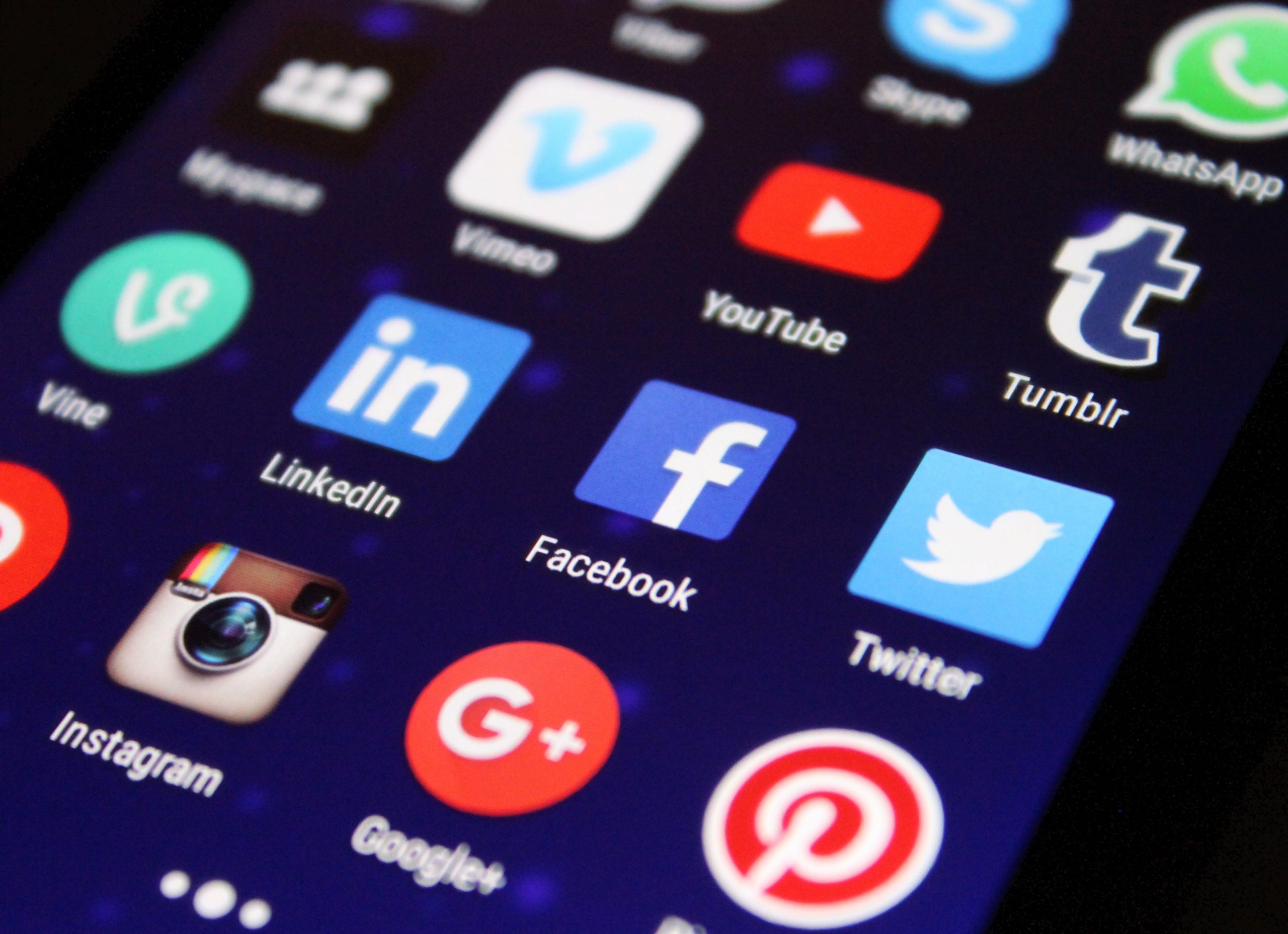Social media has revolutionized the way we communicate with and learn from one another. For many adults, it has been an extension of the many ways they interact with others. For many children and teens, however, it has become their primary means of communication as well as source of information. The seven claims below provide broad statements about social media followed by pros and cons of how social media impacts our youth.
| Social Media Claim | Pros | Cons |
|---|---|---|
| 1. It makes the world a smaller place | – Connects people from all over the world, which can help them learn about others from other places and cultures – Young people’s voices and messages can be heard with direct connection via social media platforms to celebrities, political leaders, and other powerful or influential individuals for causes that are important to them | – Connects people from all over the world, which can hinder kids’ safety, including kidnapping, sex trafficking, stealing their identity; Direct connection of predators to children and teens – Young people’s expression of different ideals and beliefs or of themselves can potentially put their safety at risk from others who disagree with their beliefs on controversial topics (e.g., LGBTQIA+ rights and gender identity or expression) – Can connect youth with drug dealers |
| 2. Social media platforms are learning platforms | – Children and teens can learn how to build or create things from websites / apps like YouTube – Can learn about productive and helpful topics often not covered in traditional school settings such as entrepreneurship, financial literacy, etc. | – Kids often go to websites / apps like TikTok to learn about various topics such as mental health conditions; These platforms sometimes give misleading or inaccurate information (which can also contribute to false diagnoses); These sources can cause youth to pathologize “normal/typical” feelings, thoughts, or behaviors – As for entrepreneurship or finances, many “get rich quick” schemes lure in young, impressionable minds; Consequently, young people focus their attention on these ventures or methods instead of practical and realistic methods of earning money – Social media platforms give youth the impression that social media occupations are easy and lucrative; However, everyone cannot become or is cut out to become a YouTuber, TikTokker, video game streamer, etc. |
| 3. Places to build a sense of community | – Provides a way to build community, especially for more marginalized individuals – Places where kids who struggle with social interactions can possibly build friendships and a sense of community more easily – Places to unite with others to support worthy causes – Places to share ideas | – Can give a false sense of friends and people to share and be open with – Don’t necessarily know who they are communicating with – Can be used as a crutch for children and teens to avoid in-person interactions – Places where communities can draw in young, impressionable, and vulnerable minds with potentially harmful ideologies |
| 4. Places to reconnect with people | – Can reconnect with old friends and acquaintances from younger years or from former experiences (e.g., after changing schools or moving to a new town) | – Kids and teens cannot escape past mistakes because those mistakes can follow them wherever they go—to a new school, college, etc. – Former bullies can reach them again |
| 5. Provide exposure to new ideas | – Provides exposure to examples of people who are doing extraordinary things and who can be a motivator and example to the children and teens | – The new ideas may be contrary to the child’s parents’ or family’s ideals, traditions, values, which may cause or worsen tension between children and their parents – Again, social media platforms give youth the impression that social media occupations are easy and lucrative |
| 6. Places to share positive things with others | – Others can give accolades, share in, and encourage interests, ideas, and accomplishments | – Creates a potential place for cyberbullying and trolling – Generates a lot of FOMO (fear of missing out) amongst peers – Gives a false sense of perfection among people |
| 7. Places to express your feelings | – Social media platforms can provide places for children and teens to see they are not the only one experiencing what they are and not feel alone in their struggles | – “Keyboard warriors” notoriously and viciously attack others while behind a computer screen, especially with an avatar and pseudonym – People get way too personal and share private information about themselves and other people, sometimes substituting their social media conversations with professional help – With youth oversharing about themselves, there’s a permanent record of ideologies, beliefs, and opinions that can later be rehashed and possibly used against them in the future |
With so many pros and cons of social media, what can parents do?
- Closely monitor and filter the websites and apps your children visit
- Be their friend, follower, or connection on these platforms (can make it a stipulation of having social media profiles)
- Talk to your children often about school, their relationships with peers and adults, or their activities and interests
- Monitor your children’s screen time and build alternatives to screen time into their schedules (especially outdoor activities)
- Monitor your children’s sleeping and eating habits, physical activity, and physical health overall
- Actively monitor their grades and performance in school and take note of any changes in academic performance or extracurricular activities
- Take notice of any changes in behaviors, language they’re using, habits, or friends or peers they associate with
- Always know your children’s whereabouts


Comments are closed